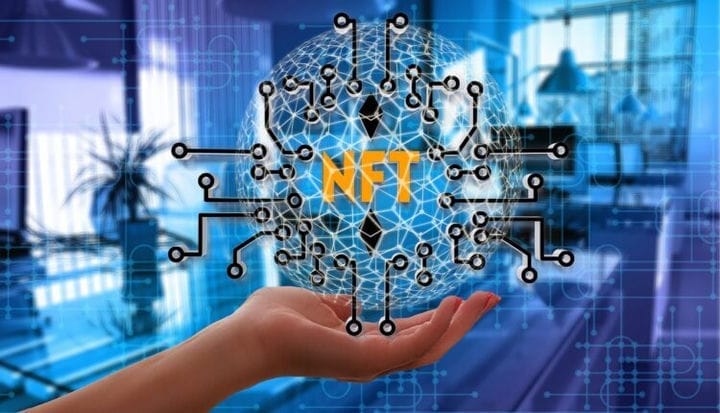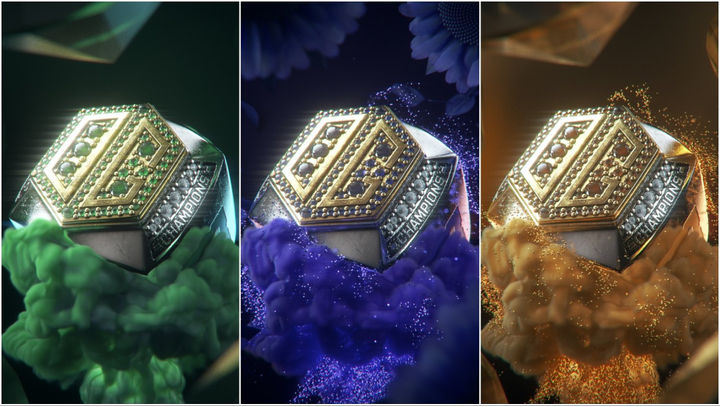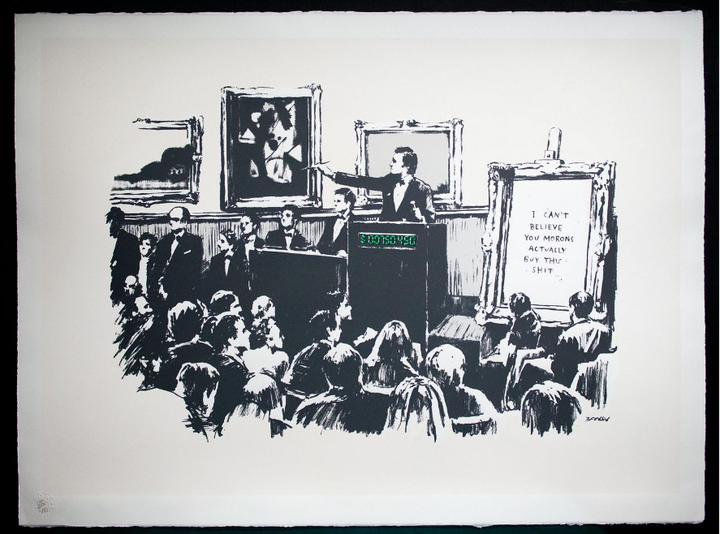Among numismatists and philatelists, coins and stamps that came out in a limited edition and were very quickly withdrawn from circulation due to a typo or marriage are of particular value, but their main attraction is the opportunity to add something unique to their collection that other collectors do not have.
But how to evaluate the uniqueness of this or that thing? It is logical to assume that the best evaluation criterion would be the number of the same things other people have, but this is not entirely true. For example, only you will have a photo of your pet, but there is hardly anyone who will be ready to pay fabulous money for this photo, which means that the classic economic form of “supply and demand" is added to the limited edition.
It’s time to briefly talk about NFT (non-reproducible tokens) – is it a file, image or digital asset. Along with it comes a unique token, which is a sequence of characters in which information about the owner and authenticity of the token and the asset itself is encrypted. It is possible to copy the file, but without a genuine token, it will have no value, and the system simply will not let you generate the exact same token. An important difference from bitcoins, ethers and rubles is the fact that they are all subject to division and easily replace each other, for example, you can easily exchange any ten rubles for other ten rubles of the same, or change for two banknotes of five rubles each, NFT it cannot be divided into parts or replaced with a similar token.
Can NFTs be faked? In fact, you can, you can not just replace. If we go back to the world of coin collectors, then in this case the original token will be a commemorative, personalized coin that does not have a clear denomination (the price is set by the owner himself) and is available only in a single copy. Often, these coins have a certificate issued by the manufacturer, which guarantees originality and secures ownership of the purchaser. A talented counterfeiter will be able to forge such a coin, make his own certificate, but this will not change its status of a fake and a copy that does not affect the original in any way.
In a broader sense, these are various digital art objects, such as a picture with a famous Venetian streamer sitting on a throne, or an image of a popular meme ten years ago. You can judge the usefulness of establishing ownership in a world where CopyPaste exists, but one thing is for sure: the popularity of NFTs in the investment market has brought a huge number of unscrupulous sellers into this area.
The eSports teams OG and Alliance launched NFT sales with virtual space-style collectibles for their fans and, according to experts, they managed to earn up to two million evergreens with the help of fans in just a day!
Ubisoft tried to implement a system in their new game where paid cosmetic items would have their own serial number and a certificate of "uniqueness", but such proposals were met with a cool response from the players, to say the least.
And in February, the singer Grimes (and, to a heap, the wife of Elon Musk) put up for auction a series of works "WarNymph", released together with her brother. In total, up to 6 million dollars flew off the tray.
The madness touched the real world as well. On March 4, the crypto-currency company Injective Protocol burned the well-known painting “Morons” by an underground artist under the pseudonym Banksy live on air to prove the imperfection of the physical shell and, of course, in order to then sell an NFT copy of the painting.
Based on the above, we can conclude that now NFT is popular for:
Art objects are essentially the same as classical art, only in digital form.
In- game items, namely rare cosmetic items and various collectible cards. What distinguishes them from other categories is that they can be used at least somehow.
Collectibles, figurines, avatars, spoons, medallions and other things that can be accumulated to show to friends, but without the ability to touch them with your own hands.
Looking at these categories, one can conclude that at the moment, a non-reproducible token feels best in those areas where the product is purely entertainment and is tailored only for a narrow number of moneybags with full wallets of digital currency. Is it possible to make money on the resale of such items? It seems that yes, but here lies the main scheme for making money on ~ mammoths ~ gullible people:
Step one – we throw something garbage on the market, creating the illusion of uniqueness, shouting out loud “buy now, there will be no tomorrow!”
Step two – we find potential buyers who are afraid to miss a good topic for making money or something exclusive.
Step three – the victims redeem the "asset" for the purpose of further resale or a banal increase in the FPV, but after a while they encounter a problem: the weights turn out to be not gold.
If all of the above did not scare you away from such investments, then you can start your way as a crypto investor on exchanges like OpenSea or Rarible. The only difference is that if you want to sell your works there, then the first exchange will take a commission from you at the time the buyer is found, and the second one when you upload the work.


